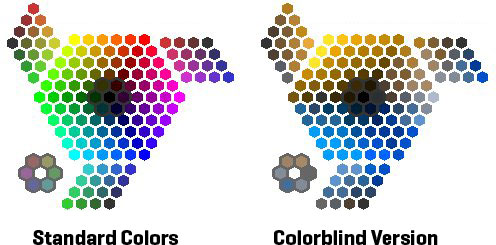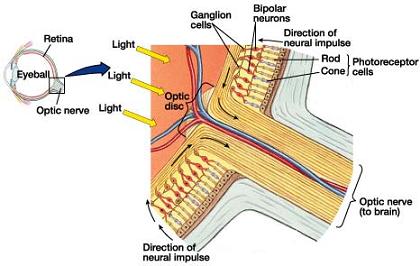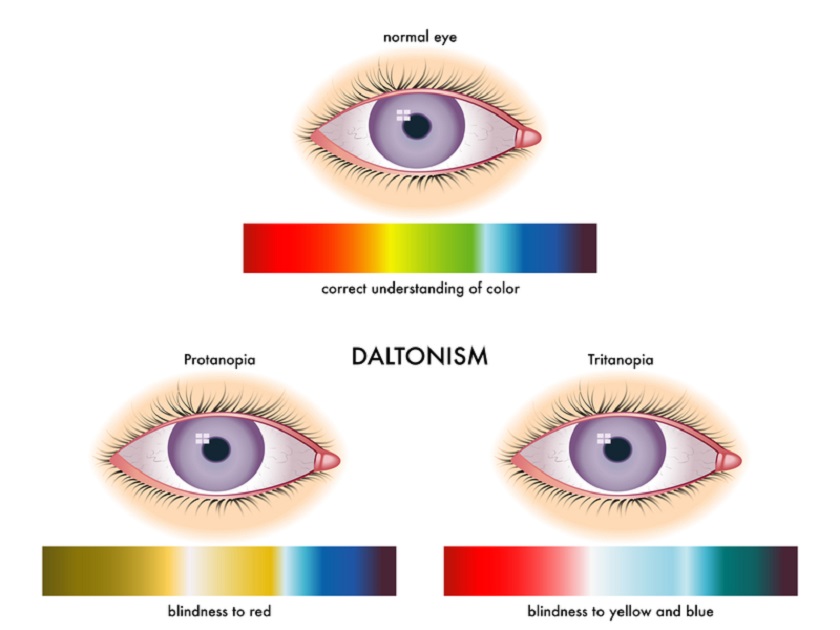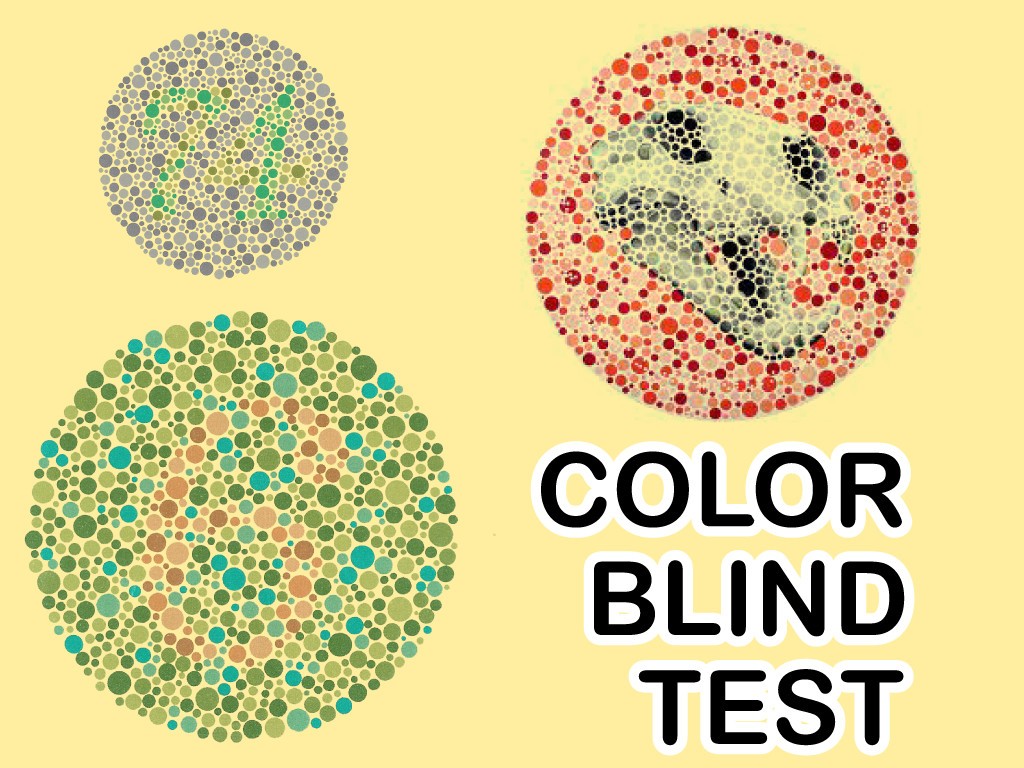Colour blindness is the inability to see colour, or perceive colour differences, under normal lighting conditions. Colour blindness severely affects a significant percentage of the population. There is no actual blindness but there is a deficiency of colour vision. A colour vision problem can completely change your life. It may make it harder to read, and you may not be able to have certain careers. But adults and children with colour vision problems can learn to make up for their problems seeing colour.
Causes of Colour Blindness
Color Blindness causes are various. Many colour vision problems are inherited and are present at birth. People usually have three types of cone cells in the eyes. Each type senses either green, blue or red light. You see colour when your cone cells sense different amounts of these three basic colours. The highest concentration of cone cells is mainly found in the macula that is the central part of the retina. Inherited colour blindness happens when you do not have one of these types of cone cells or they do not work right. You may not see one of these three colours, or you may see a different shade of that color or a different colour. This type of colour vision problem doesn’t change over time. A colour vision problem is not always inherited. In many cases, a person can have an acquired colour vision problem. This can be caused by:
- Aging.
- Eye problems, like cataracts, macular degeneration, glaucoma, or diabetic retinopathy.
- Injury to the eyes.
- Side effects of some medicines.
What are the Symptoms?
The symptoms of color vision problems vary:
- You may be able to see some particular colours but not others. For example, you may not be able to tell the difference between some greens and reds but can see yellow and blue easily.
- You may see various colours, so you may not know that you see colour differently from others.
- You may be able to see a few shades of colour while most individuals can see thousands of colours.
- In rare cases, some individuals see only white, black, and gray.

Tests to Determine Colour Blindness
A color blindness test is a device your eye doctor uses to determine if you have a colour vision deficiency. There are two types of color blindness tests: screening tests that can detect the presence of a colour vision problem, and more detailed quantitative tests that can detect a colour vision deficiency and determine the type and severity of colour blindness.
Screening Color Blind Tests
The most widely used color blindness test is the Ishihara Color Vision Test. This test is named after Japanese ophthalmologist Shinobu Ishihara , who devised the procedure and published an outstanding description of it in 1917.
The Ishihara Color Vision Test consists of a booklet, each page retaining a circular pattern (or “plate”) comprising many dots of various colours, brightness and sizes. The seemingly random coloured dots are arranged in such a fashion that an individual with normal colour vision will see a single-digit or two-digit number within the array of dots while a colorblind individual will either be unable to see a number or will see a different number than the one seen by an individual with the normal colour vision.
Eye doctors use Ishihara plates to screen patients for colour vision problems. Someone with a red-green colour deficiency may not see the red number in this instance.
Quantitative Color Blind Tests
For a more detailed analysis of colour blindness and/or an individual’s ability to accurately perceive colours, a quantitative color blindness test is needed. The most popular such test is the Farnsworth-Munsell 100 Hue Test. This test consists of four trays retaining many small disks of varying hues. Each tray has a coloured reference disk at one end. The person being tested must arrange other disks within the tray to create a continuum of gradually changing hue.
Treatments for Colour Blindness
Historically, the main solution to impaired vision has been to don a pair of corrective lenses. The options are either to wear eyeglasses or to wear contact lenses. Glasses are a convenient way to correct your vision. There are a huge range of spectacle frames available today making it possible to choose glasses that complement and accentuate your features. You can buy eyeglasses online from online stores like Lenspick at a reasonable price.
Contact lenses also offer further vision improvements, being closer to the eyes they offer more natural vision, and one’s complete field of view is in the focus – unlike eye glasses where one has to contend with being able to see edges of frames, and of course having the blurred vision outside the frames.
If you think you have problems with colour vision, you should schedule an appointment with an eye doctor right away. The eye doctor will be able to tell you whether you are seeing colours properly and what to do if you are not.
Image Credits: myhealthylivingcoach.com, improveeyesighthq.com, tigardeyecare.com, a1.phobos.apple.com
